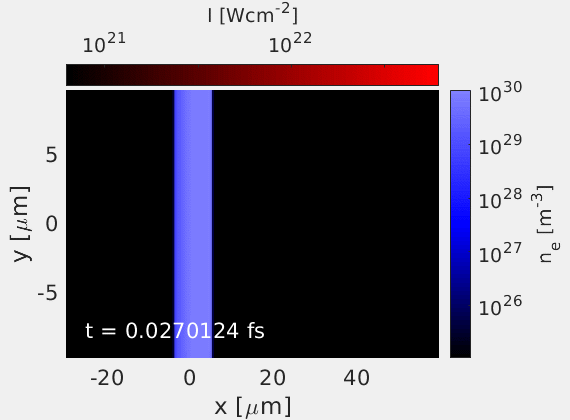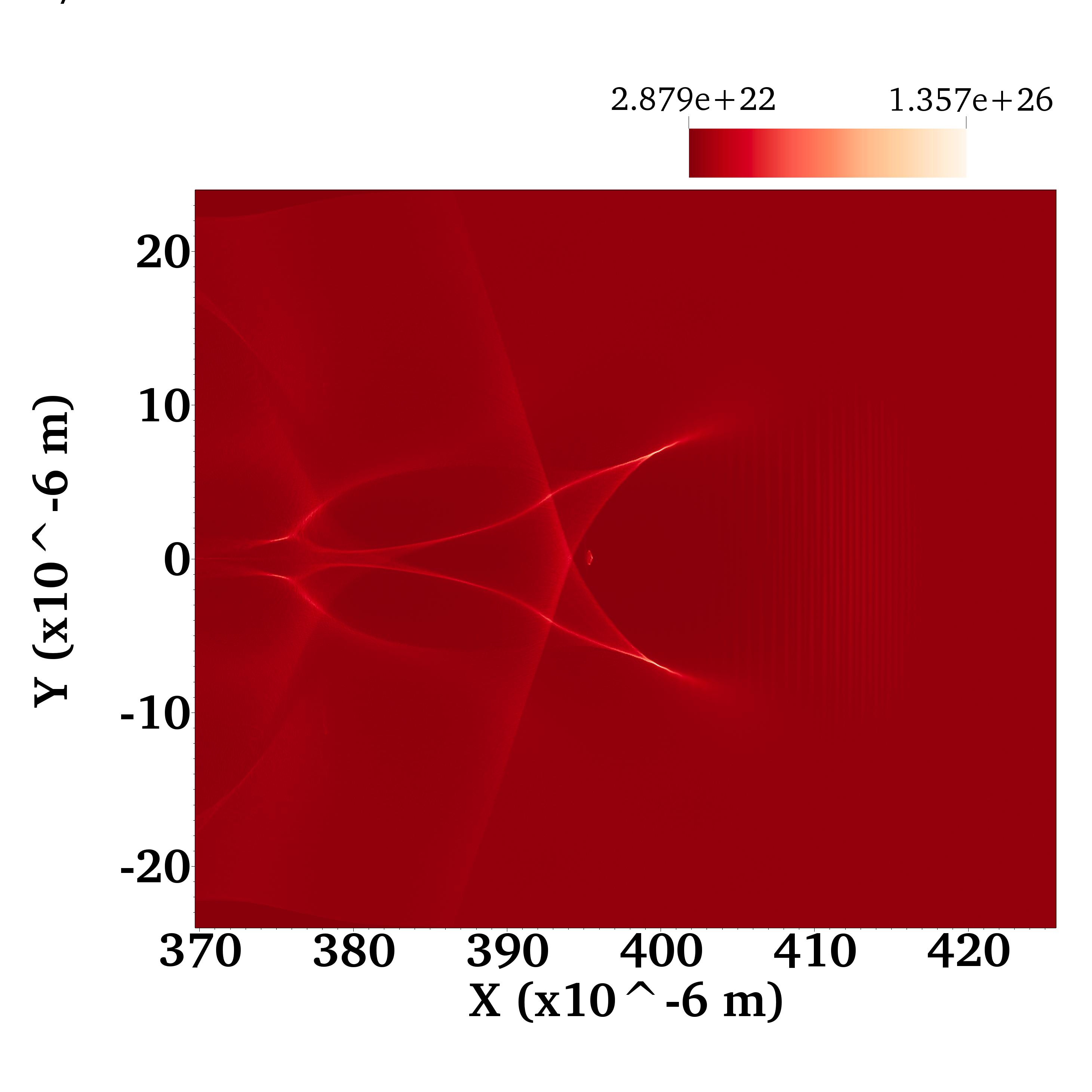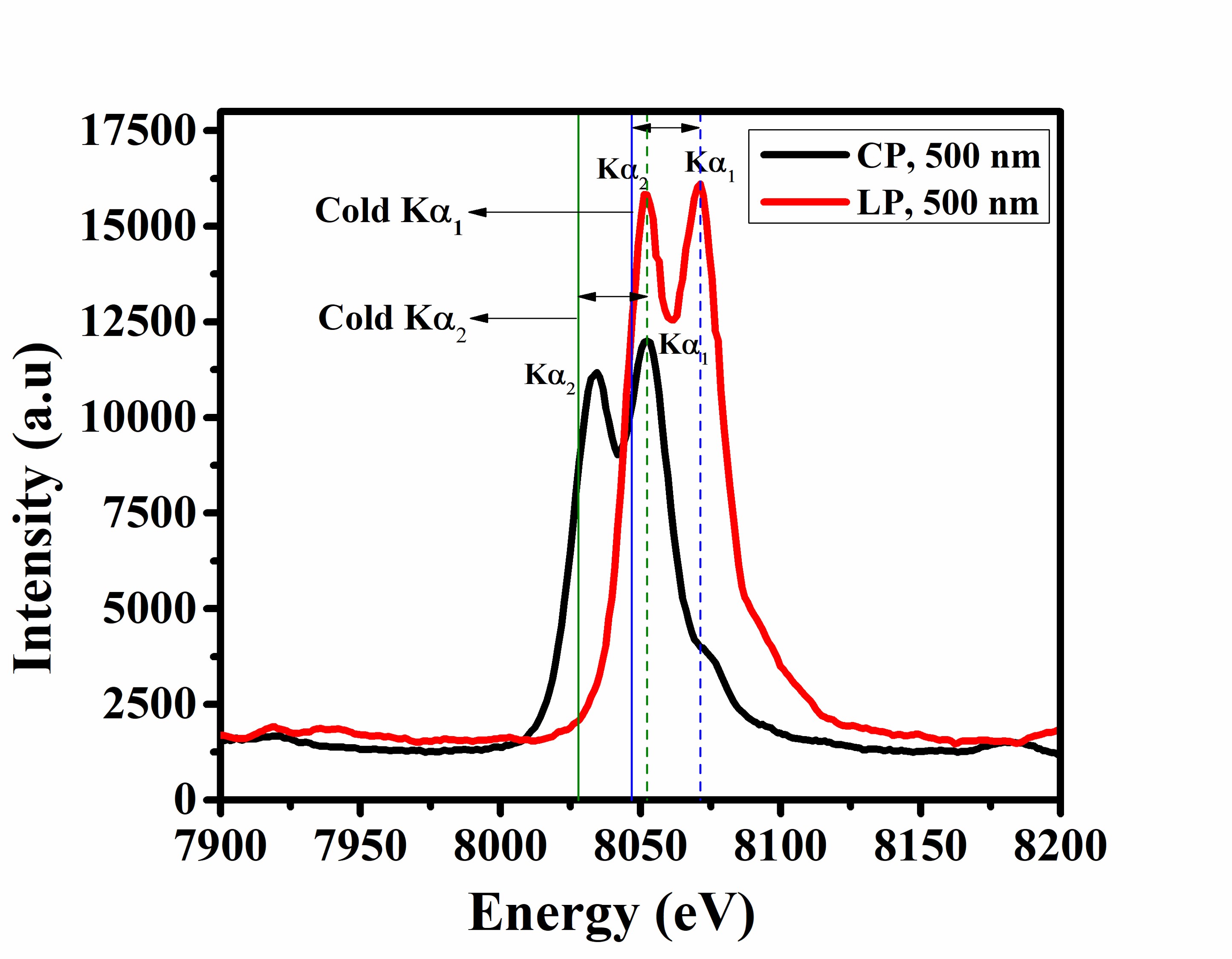Principle Investigator

Dr.Bhuvanesh Ramakrishna
PhD: Queen's Univeristy,Belfast
Designation: Associate Professor, IIT Hyderabad
Contact
Email: bhuvan@phy.iith.ac.in
Phone: 040 2301 671
Department of Physics, Indian Institute of Technology Hyderabad.

PhD: Queen's Univeristy,Belfast
Designation: Associate Professor, IIT Hyderabad
Email: bhuvan@phy.iith.ac.in
Phone: 040 2301 671
We are currently looking for ambitious students to join us for internships, master's, or doctoral positions. If you are interested or have any questions, please feel free to contact us.
Laser plasma interaction is a fascinating area of research that explores the interaction between an intense laser beam and plasma. This interaction can create a range of physical phenomena, including the generation of high-energy particles and intense radiation. The applications of laser plasma interaction are broad, ranging from particle acceleration and fusion energy to materials processing. Our research aims to provide insights into this exciting field. We focus on investigating the underlying physics of these interactions and developing advanced diagnostic techniques to enhance their efficiency and controllability. Our team of researchers is committed to advancing the understanding of laser plasma interactions and exploring their potential applications in various fields. Here are some of the key research areas we are currently investigating:

Ion acceleration using laser plasma is a rapidly evolving research field that has gained significant attention in recent years due to its potential for producing high-energy ion beams. This technique involves using high-intensity laser pulses to create plasma, which can then be used to accelerate ions to very high energies. There are several mechanisms that can lead to ion acceleration in laser plasma, and researchers are actively investigating these mechanisms to better understand the underlying physics and optimize the acceleration process. Target normal sheath acceleration (TNSA) is the most commonly used method and involves the use of a thin foil target, but radiation pressure acceleration (RPA) and plasma wave acceleration (PWA) are also being studied.
One of the main challenges in this field is to achieve high ion energies with a high degree of control and reproducibility. We are working on improving the laser and target parameters, as well as developing diagnostic tools to measure the ion beam properties and understand the acceleration mechanisms in more detail. Ion acceleration using laser plasma has many potential applications in areas such as nuclear fusion research, medical therapy, and material science. However, there is still much work to be done to fully understand and optimize this technology for practical use. We work on developing new techniques and improving existing ones to advance the state of the art in ion acceleration using laser plasma.

Laser wakefield acceleration (LWFA) is another promising technique for generating high-energy particle beams, which also uses high-intensity laser pulses to create a plasma. However, unlike ion acceleration, which accelerates ions directly, LWFA works by creating a plasma wave, or wakefield, that can then be used to accelerate electrons. In LWFA, a high-intensity laser pulse is focused into a gas target, creating a plasma channel. As the laser pulse propagates through the channel, it drives a strong electric field that creates a plasma wave. Electrons that are injected into the plasma at the right time and location can "surf" on the plasma wave and gain significant energy.
Our research group is actively working on improving beam quality as well as developing LWFA technology for various applications, including basic science research, medical therapy, and industry. With continued progress and optimization, LWFA has the potential to revolutionize the field of particle acceleration and open up new possibilities for scientific discovery and technological innovation.

One of the key advantages of laser plasma interaction as an X-ray source is its ability to produce extremely short pulses of X-rays. This is because the plasma is created and destroyed on a timescale of picoseconds or even femtoseconds, which is much faster than other X-ray sources. This allows researchers to study ultrafast processes, such as chemical reactions or phase transitions, with unprecedented temporal resolution. Another advantage of laser plasma interaction is the ability to tune the energy of the X-rays. Our research group vary the properties of the laser beam and the target material, through which we control the energy of the X-rays produced. This allows us to probe different materials and processes with X-rays of varying energies, providing a more detailed picture of the system under study.

Proton boron fusion, also known as p-B fusion or the "aneutronic fusion", is a potential form of nuclear fusion that involves the combination of protons and boron-11 nuclei to form three alpha particles (helium-4 nuclei). This process releases a large amount of energy in the form of highly energetic alpha particles, without producing any neutrons, which makes it an attractive candidate for power generation. The reaction requires extremely high temperatures and densities, on the order of 3 billion degrees Celsius and 1000 times the density of solid matter. At these conditions, the positively charged protons can overcome their mutual electrostatic repulsion and get close enough to the boron-11 nucleus for fusion to occur. One of the main advantages of proton boron fusion over other forms of fusion is that it does not produce any radioactive waste or harmful byproducts, which makes it a cleaner and safer source of energy. However, the high temperatures and densities required for this process are technically challenging to achieve and maintain, which has hindered its practical implementation. Our research group is looking for implementation pB fusion and to find a potential solution to our future energy needs.